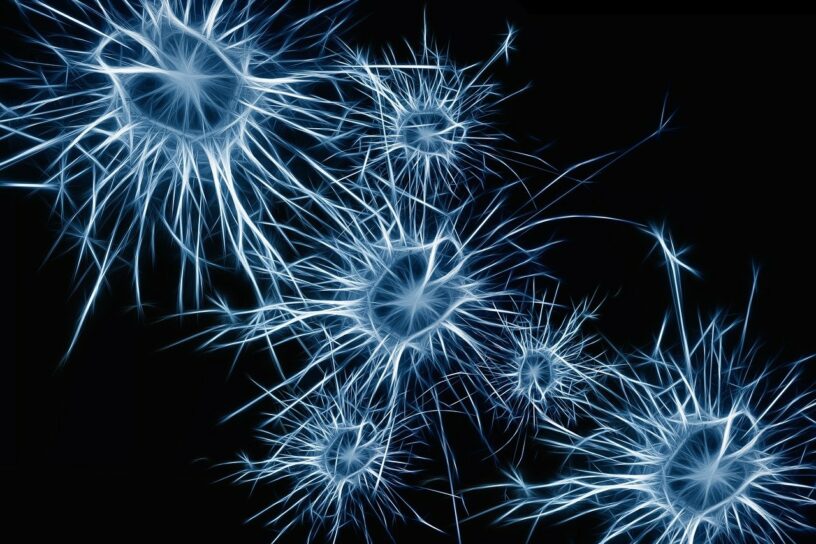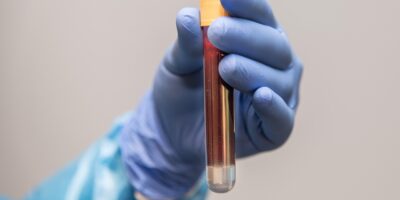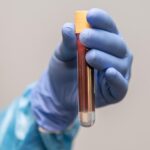It is known that autism spectrum disorder (ASD) and other neurodevelopmental disorders (NDDs) are caused by defects in genes that are sequenced during the development of interneurons in the brain. However, studying the genes responsible for these neurodevelopmental disorders has been a challenging task due to the restrictions of performing studies on embryos in late gestation and early postnatal development stages.
In the past couple of years, scientists have been able to manipulate stem cells to create a brain tissue model that resembles the ventral forebrain. This model, made from human forebrain assembloids (hFA), is an integration of human subpallial organoids (hSO) and human cortical organoids (hCO) that are cultured from human induced pluripotent stem cells. Even though hFA generates a good model for brain development, it is cultured in a lab and only depicts what happens in an in vitro environment. Nevertheless, having a foundation to begin figuring out the genes that are responsible for neurodevelopmental disease is something that should not be overlooked.
A research study team led by Xiangling Meng and David Yao, discovered that 46 out of 425 NDD genes are responsible for the interference of interneuron development. While performing their experiment, they also discovered that the loss of the LNPK gene, which encodes for the protein shape of the endoplasmic reticulum, disrupts interneuron migration. This discovery also shows the importance of endoplasmic reticulum dynamics in migration of interneurons towards the cerebral cortex of the brain.
As part of their experiments, they prepared a CRISPR screening cell line using human induced pluripotent stem cells (hiPSc) to express Cas9 and generate clonal CAG-Cas9. It was then infected with green fluorescent protein (GFP) and single-guide RNA (sgRNA). The CAG::Cas9 cell line was further modified with DIxi1/2b enhancer that labels medial ganglionic eminence derived cells (MGE) and helps isolate the ventral forebrain interneuron lineages. When assembling CAG::Cas9;DIxi1/2b:eGFP to hFA, a significant amount of MGE derived migrated to the cortical region. Meng and Yao’s team compiled a list of 611 genes from genetic studies of patients and the Simons Foundation Autism Research Initiative (SFARI). They were then able to compare the cells in the hFA and found 425 genes, of which 46 of them were found to be responsible for interneuron development and function.
The purpose of these experiments was to determine the effects of loss of different genes that were responsible for neurodevelopmental disorders and to map these genes in order to design therapeutic treatments for individuals affected by NDDs. Out of the 46 genes, Meng and Yao’s team focused on 4 specific genes: SMAD4, CSDE1, TERF2, and LNPK, which showed that loss of these genes caused impairment in subpallium differentiation, impairment of interneuron migration, and abnormal interneuron migration.
Once the team figured out what genes to focus on, they started nucleofecting ribonucleoprotein complexes composed of Cas9 and three sgRNAs in order to form a knock-out (KO) hiPS cell pool. The human induced pluripotent cells and hSO at 40 days showed deletion of SMAD4 and CSDE1 genes and showed impaired interneuron generation. SMAD4 and SCDE1 KO hSO were consistently smaller and showed a switch in ventral forebrain identity which reduced expression of several MGE transcription factors. They also found that there was increased expression in the preoptic region. These findings showed that deletion of SMAD4 and SCDE1 which are responsible for neural differentiation causes disruption in subpallium differentiation.
The team then explored the loss of the TERF2 and LNPK gene, which are genes that are not associated with cell migration. TERF2 is a component of a complex that regulates telomere length and LNPK serves as a stabilizing protein within the endoplasmic reticulum. To induce the deletion of TERF2 and LNPK, the team engineered more CAG::Cas9;DIxi1/2b::eGFP hiPS cells. When analyzing the effects of the loss of these genes, they found that interneuron generation was not affected but led to impairment in interneuron migration.
The unexpected impairment in interneuron migration caused by LNPK sparked the motivation of the team to dive deeper into research of this phenomenon. They performed live imaging of the movement of LNPK KO interneuron in the hFA using confocal microscopy and discovered that there was reduced saltation length and reduced speed of migration. They also found that the ER migrates forward in the leading branch before nuclear translocation in the migrating human cortical interneurons. The team also used antisense oligonucleotide (ASO) to target LNPK mRNA and labelled more interneuron lineages in hSO with a DIxi1/2b::eGFP reporter. They found that LNPK ASO treatment reduced LNPK mRNA by 85% and protein by 70%. The findings led the team to conclude that LNPK plays a critical role in regulating interneuron migration.
In conclusion, the groundbreaking discovery of effects and mapping of genes responsible for neurodevelopmental disorders shows promising potential for regenerative medicine. This newfound understanding not only brings the underlying mechanisms of how neurodevelopmental diseases are caused into light, but also paves the way for the creation of innovative therapeutics. Now that more information has been provided, this will advance regenerative medicine towards more effective treatments and offer hope for individuals affected by neurodevelopmental disorders.
Meng X, Yao D, Imaizumi K, Chen X, Kelley KW, Reis N, et al. Assembloid CRISPR screens reveal impact of disease genes in human neurodevelopment. Nature. 2023 Sep 27;622(7982):359–66. https://doi.org/10.1038/s41586-023-06564-w








